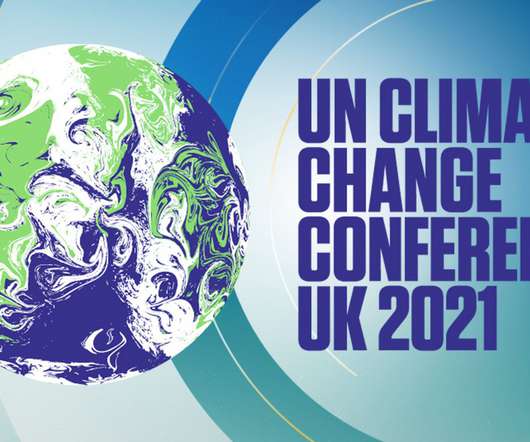sust[AI]nability
Enterra Insights
FEBRUARY 9, 2021
billion over the next five years as part of its long-term goal to cut in half its emissions by 2030 and reach net-zero emissions by 2050.”[5] billion to reduce its climate impact” and Diageo “committed to reach net-zero carbon emissions in its owned operations and reduce emissions from its supply chain by 50% by 2030.”
















Let's personalize your content